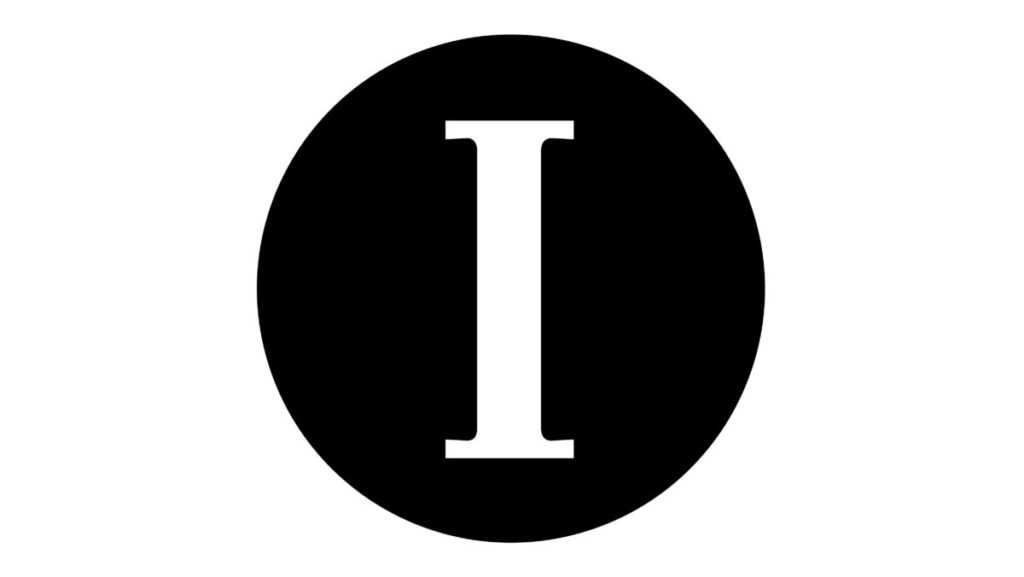It is impossible to ignore the new and evolving presence of AI in the classroom. Programs like ChatGPT are being used by students across the country to help in all aspects of academia, from generating ideas to refining writing to finding sources. While AI can be a helpful tool in higher education, there must be more standardized regulations for the purpose and boundaries of using AI at Ithaca College.
According to a study conducted by Grand View Research, AI usage rate is expected to grow 37.7% between 2023 and 2030. This number expresses a stark reality: AI is here and it is here to stay. This rapidly growing technology is something that is set to revolutionize nearly all industries. It is the responsibility of professors and administrators to prepare students appropriately for the expectations of their fields of study. Now, that preparation must include using AI in a productive and ethical way.
While AI can be useful and is an essential skill in today’s technological landscape, it is also important for Ithaca College to establish clear guidelines and restrictions regarding AI for the sake of academic integrity, and more importantly, student safety.
Cornell University has a set of guidelines outlining the responsibilities, risks and restrictions of using AI in academic work. These guidelines include a section on student accountability, confidentiality and privacy, use for education and pedagogy, use for research and use for administration.
Additionally, they have published a Cornell Generative AI in Administration Task Force Report outlining the potential risks and opportunities that come with implementing AI. Cornell’s extensive research and clear restrictions on using AI are examples of what Ithaca College could and should implement to regulate the usage of the new technology. Not only will it allow students and faculty to use AI more comfortably, but it will limit any potential risks or privacy concerns students and faculty may have.
AI has the potential to be a helpful classroom tool throughout the college if more thought is put into its implementation. There must be clear guidelines on ethics and usage in order to make use of innovative technology, while still maintaining academic integrity and safety at the college.














